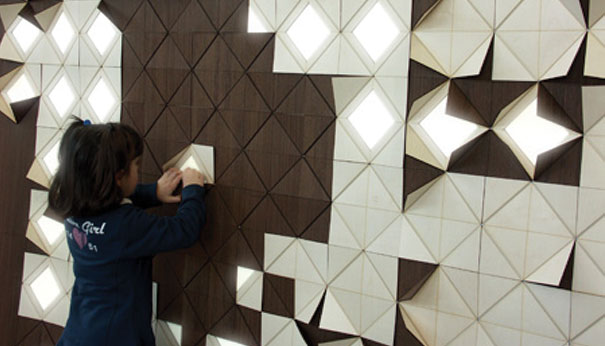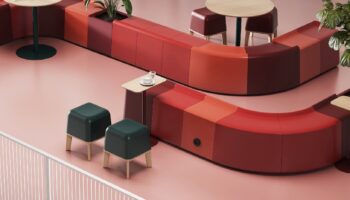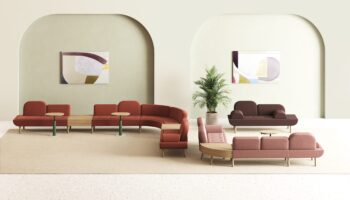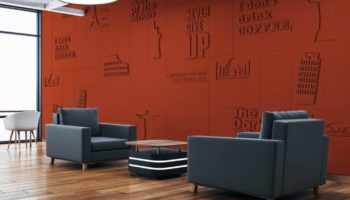Light-Form: A New Take on One-Thousand Points of Light
If you’re lucky enough to still be hanging out in Milan this April 19–the final day of the seminal Salone–than you owe it to yourself to stroll over to Viale Achille Papa #30 and check out the ILIDE Design Contest 2010, a “Competition to find products and Designers for a new identity of Italian Design.” The contest, which has a sort of satellite relationship to Salone, is the brainchild of Assembla-Cab, a manufacturer of electrical components that collaborated with designer Francesca Rogers and Daniele Gualeni Design Studio to create the debut entrant for ILIDE.
Light-Form. Designed by Francesca Rogers and Daniele Gualeni Design Studio.
The project is called “Light-Form,” and though it’s technically classified as a modular lighting system, the manufacturer could easily get away with selling it as a wall. More precisely said, Light-Form is a wall of light, but more than that, it’s also a tempting art piece for the DIY crowd, a perpetually changeable wall-covering, a hip conceptual fusion that evokes everything from origami to that timeless piece of American kitsch called Lite-Brite.
If you’re too young, or too grounded in reality, to remember this classic 70s Hasbro toy, it was basically a monitor-sized, light-emiting screen covered with a thick dark fabric. The fabric came with different patterns (sort of with a connect-the-dots aesthetic) that you could “trace” by puncturing with transparent, multi-colored pegs. Each inserted peg made a small hole, thus revealing just enough light to shine through in the color of the peg, which created “designs in light” in the form and shape of flowers, animals, etc. Light-Form is a sort of Lite-Brite for grownups (this in spite of press photos which show a little girl’s handiwork). The modular system is a network of energy efficient electroluminescent lights in an alternating grid of smooth, white polycarbonate. The light is obscured with movable laminate panels (wenge on the outside and maple on the inside) that flip up and out in triangular units, thus revealing a trio of light–the soft-toned maple, the reflective white surface, and the actual light.
Light-Form calls to mind mirrored mosaics of stone and glass whose materials of varying translucence and reflectivity play off one another to create an ever-changing panorama of textures, shapes, and colors. In much the same way, Light-Form’s revelation of the light within the dark draws our attention to the three-dimensional quality of light. When put in dialogue with a surface that’s varied in tone and texture, we’re reminded just how much subtle changes in illumination can affect the character of a space. Light-Form lets you play with the concept ad-infinitum.
Via Inhabitat.






Leave a Reply